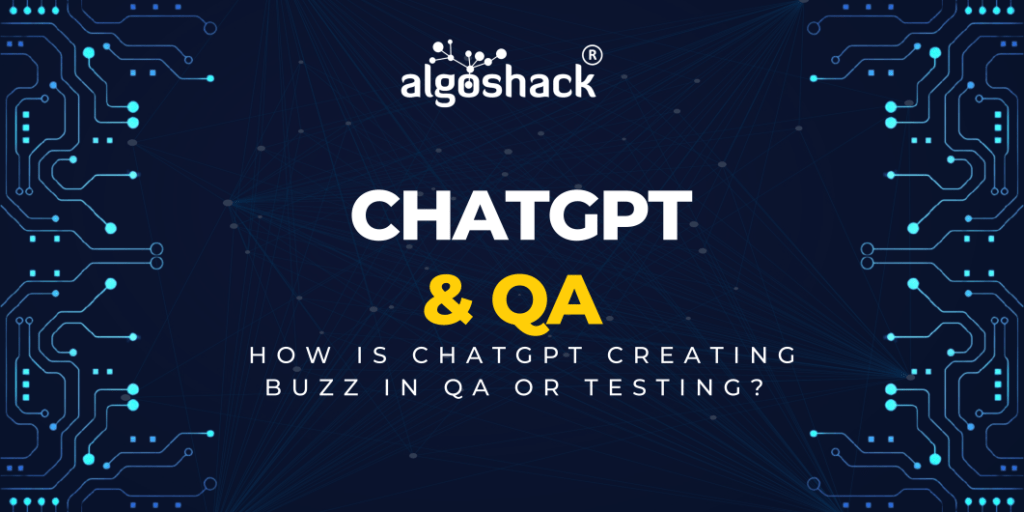“Revolutionizing QA testing with advanced natural language processing – ChatGPT leading the way.”
Since its introduction, ChatGPT, the language model trained by OpenAI, has been making waves in various industries, including the field of Quality Assurance (QA) as well as testing.
Its advanced natural language processing capabilities allow ChatGPT to generate test cases, execute tests, and predict defects in software code, which can save time and reduce the risk of human error.
This new kid on the block can change QA the way technology has known for decades. How? One might ask. Here is your answer:
On the path of revolutionizingTesting
ChatGPThas the potential of revolutionizing the way software is tested, providing a faster and more accurate testing process that results in a better user experience for customers.
With ChatGPT’s ability to understand and execute test cases at a rapid pace, software can be tested more frequently, allowing defects to be caught early and resolved before they impact users.
Traditionally, creating test cases requires significant effort and time from QA teams, and there is a risk of human error. However, ChatGPT can reduce the need for manual test case creation, saving time and reducing the risk of errors.
Problematic Software? ChatGPT is the solution!
ChatGPTcan identify defects in software code before they become problematic, elevating the overall quality of the software.
By analyzing the code and predicting potential defects, ChatGPT can improve the overall quality of the software. This means that QA teams can focus their efforts on resolving critical defects, resulting in faster delivery of high-quality software.
ChatGPT is the ultimate QA team player
ChatGPT is the secret helper of QA teams that ensures fast, efficient and defect-free result
With its advanced natural language processing capabilities, ChatGPT can understand and execute test cases at a rapid pace, significantly reducing the time needed for testing. This means that software can be tested more frequently, ensuring that defects are caught early and resolved before they impact users.
Furthermore, ChatGPT’s capabilities in predicting defects in software code can also help teams to prioritize their testing efforts.
By identifying potential defects, QA teams can focus on the areas of the software that are most likely to have issues, resulting in more efficient and effective testing.
Integration made easy!
The buzz around ChatGPT in QA testing has also been amplified by its ability to be integrated with existing software development processes.
ChatGPT can be seamlessly integrated with popular software testing frameworks and tools, making it easy for QA teams to incorporate it into their existing workflows.
This integration can include the use of AI/ML techniques to improve the efficiency and accuracy of testing, but it can also include integration with other tools and frameworks used in the software development process, such as DevOps tools.
Key Takeaway: ChatGPT’s advanced natural language processing capabilities have the potential to transform the field of QA testing.
By automating test case creation, predicting defects, and executing tests quickly and efficiently, ChatGPT can help teams to deliver high-quality software faster and with more confidence.
As the technology continues to evolve, we can expect to see even more exciting use cases for ChatGPT in the field of software testing.



